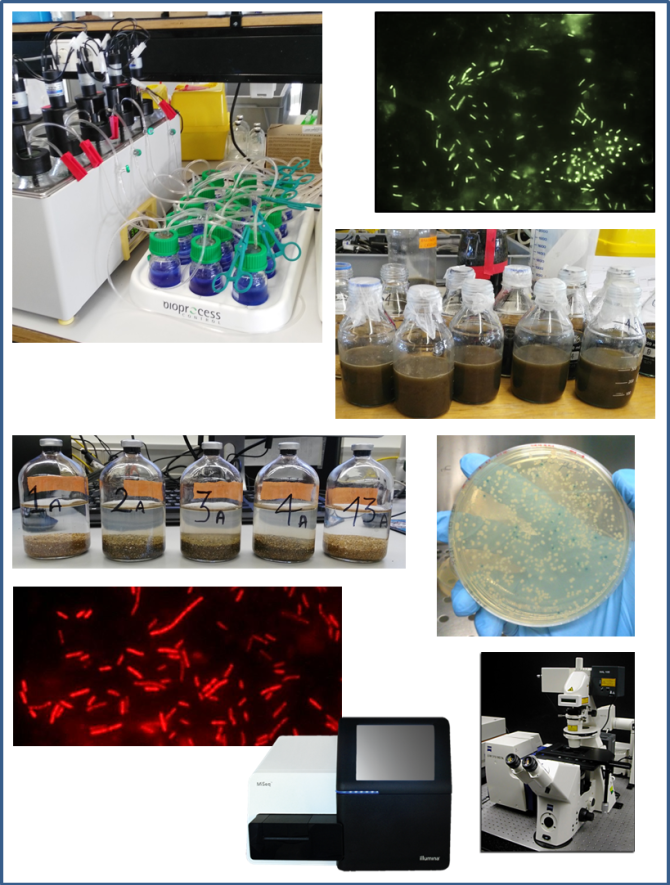Project
Halophilic microorganisms and the Anaerobic Digestion technology for high salinity wastewater treatment
The biological treatment of saline wastewater has become an emerging topic in the last decade, for many reasons: several industries generate saline wastewater, and in a few cities toilets are flushed with seawater, generating saline sewage. Additionally, delta areas worldwide have problems of water scarcity because of the intrusion of the seawater into the aquifers, thus, new solutions for water supply in fresh water scarce coastal regions in the Netherlands and abroad are needed.
Thus, an environmental sustainable paradigm is to consider salt containing water as a resource, and not as a threat.
Sodium is known to strongly inhibit microbial activity in high saline organic wastewaters, it can cause cell plasmolysis and death of microorganisms because of increase in osmotic pressure
For this reasons, saline effluents cannot be effectively biodegraded by conventional wastewater treatment plants.
The biological process of anaerobic digestion (AD), due to its acknowledged efficiency and sustainability is widely applied for the degradation of organic matter with biogas production.
The AD process involves several microbial groups forming interdependent microbial consortia.
A microbial community adapted to high salt concentrations could be the gateway to an effective treatment of saline effluents with the AD process.
The purpose of the thesis is to study the high salinity adapted communities application into Anaerobic Reactors, obtaining the organics removal and green energy production in the form of methane. These communities originates from marine sediment sampled from Mediterranean sea and Black Sea, as well as from Treatment Plants working with high salinity municipal and industrial influents.
How they could better adapted to this “new” anaerobic environment?
Students will work in a multidisciplinary environment, with the unique opportunity to learn a wide range of techniques and experimental approaches ranging from the analytical assessment of the process conditions to the biomolecular characterization of the anaerobic mixed biomass involved in the process.
Some of these are:
Fluorescence in situ hybridization (FISH)
Next generation sequencing (NGS) and Clonal analysis
Gas chromatography
High performance liquid chromatography (HPLC)
Analytical methods (Chemical Oxygen Demand (COD), Proteins, Carbohydrates).
